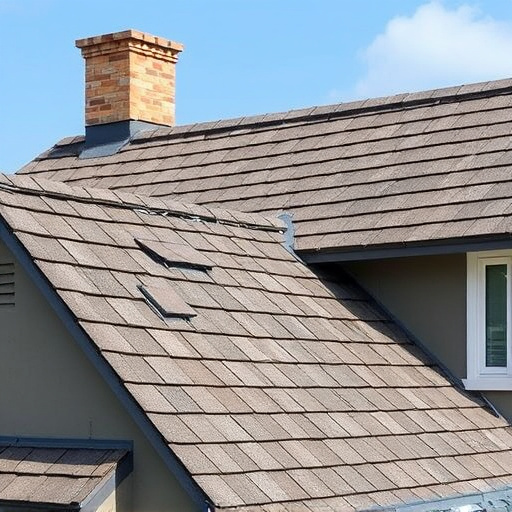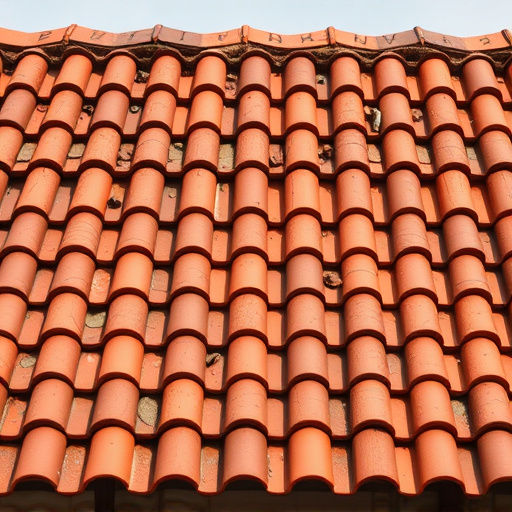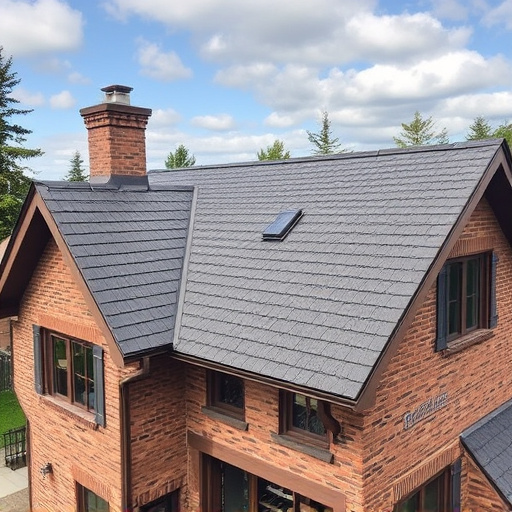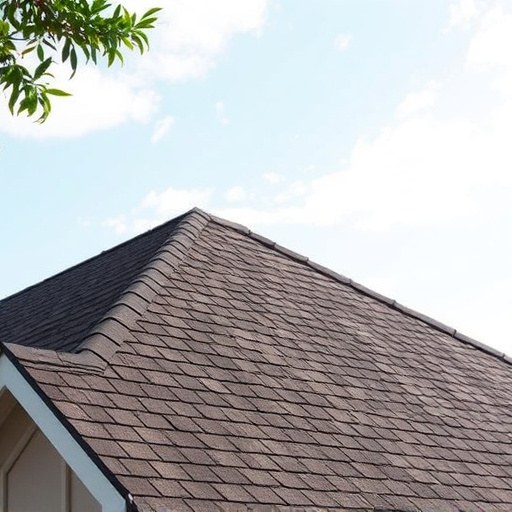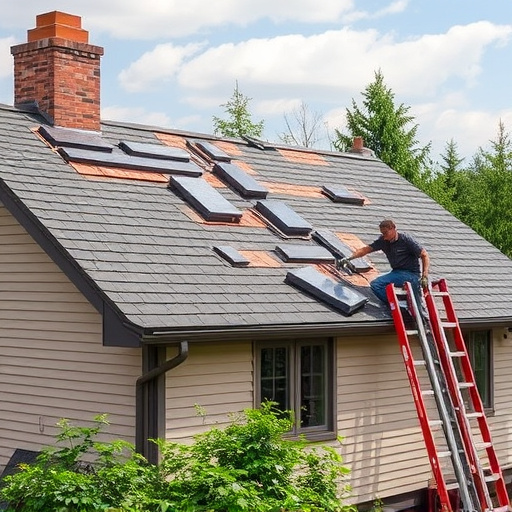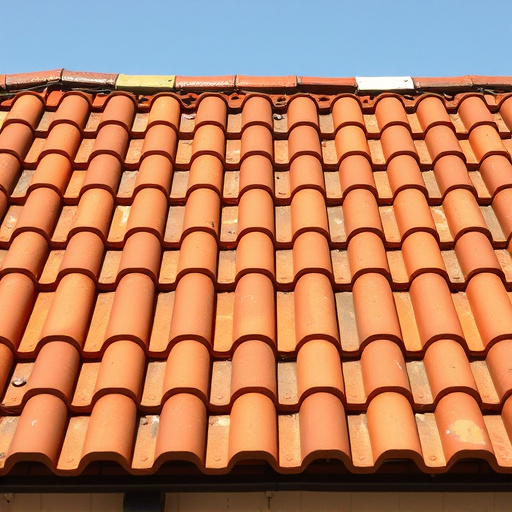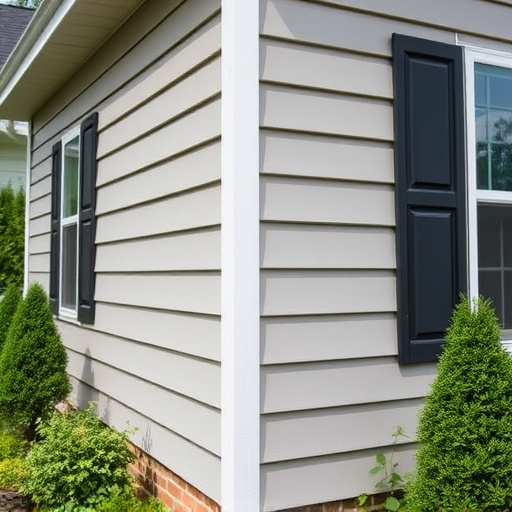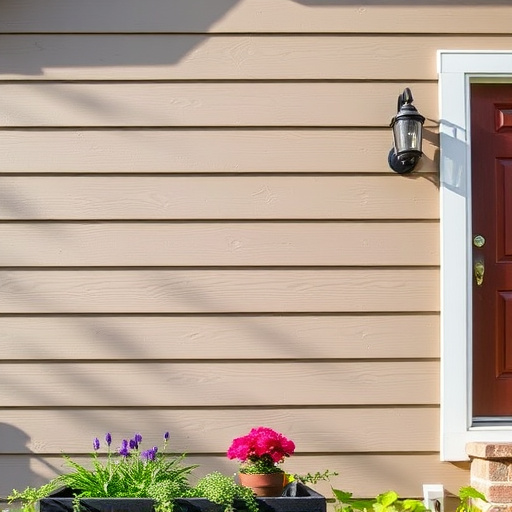Before starting a new siding installation, clear your property of obstructions near exterior walls and schedule a roof consultation. Evaluate your home's exterior, collaborate with contractors, and consider various siding materials like vinyl, aluminum, fiber cement, or wood based on climate and maintenance needs. Choose the right material for a seamless, long-lasting transformation that complements your home's roofing and structural integrity.
Considering a new siding installation? This comprehensive guide walks you through every step, from preparing for your home’s transformation to understanding the process and maintaining your new exterior. We’ll break down how to assess your home, choose the right siding materials, set expectations, and ensure a weatherproof finish. Learn what to expect during installation, post-care tips, and troubleshooting common issues for a successful new siding project.
- Preparing for the New Siding Installation
- – Assessing your home's exterior and taking measurements
- – Understanding the types of siding materials available
Preparing for the New Siding Installation
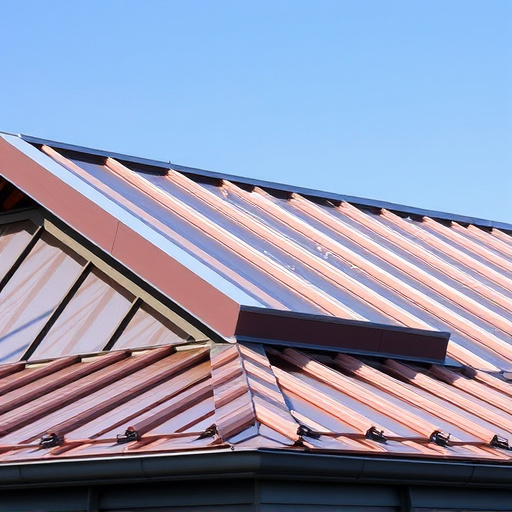
Before your new siding installation begins, there are a few preparations to keep in mind. Start by clearing your property of any obstructions that might hinder the process, such as trees or large bushes near the exterior walls. This ensures smooth access for the installation team and allows them to work efficiently.
Additionally, schedule a roof consulting session with professionals who offer home service solutions. They can assess your existing roofing and structural integrity, ensuring it’s capable of supporting the new residential siding. Proper preparation is key to a successful and long-lasting new siding installation.
– Assessing your home's exterior and taking measurements
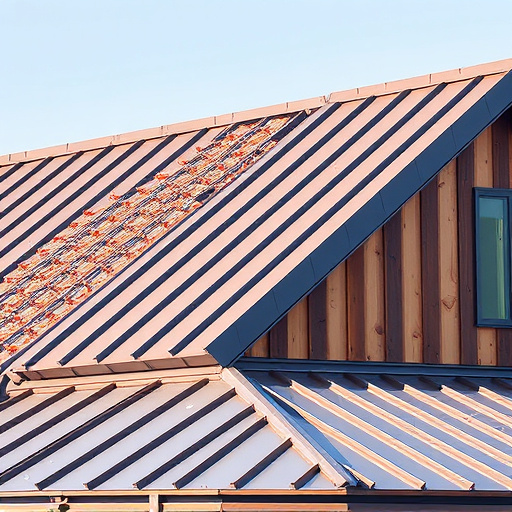
Before any new siding installation begins, a thorough assessment of your home’s exterior is crucial. This involves carefully examining the structure to determine the best course of action for replacing or repairing existing siding. Professional siding experts will take detailed measurements to ensure accurate fitting and alignment of the new materials, which can range from traditional vinyl to durable fiber cement boards.
During this initial phase, consider discussing your vision with the contractors, who can offer valuable insights tailored to your home’s unique characteristics. The assessment also helps in estimating material costs and scheduling the project effectively, ensuring a seamless transition from old to new residential siding while integrating it seamlessly with your home’s roofing and overall exterior aesthetics.
– Understanding the types of siding materials available
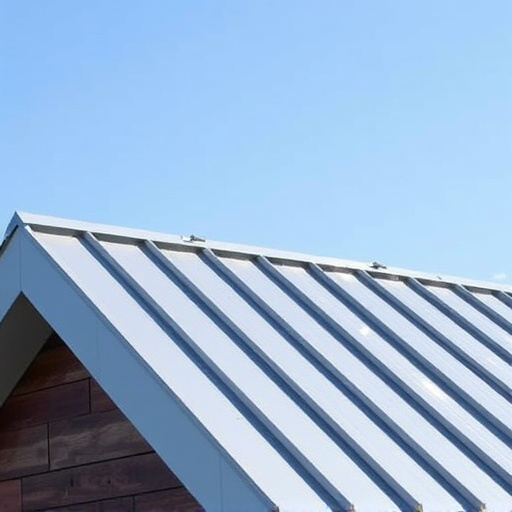
When considering a new siding installation, understanding the variety of materials available is key to making an informed decision for your exterior home improvements. From traditional vinyl and aluminum to more durable options like fiber cement and wood, each material offers unique benefits and styles. Vinyl siding, popular for its low maintenance and affordability, provides a wide range of colors and textures. Aluminum, known for its corrosion resistance, mimics the look of metal but is lighter and easier to install. For those seeking a more natural aesthetic, fiber cement siding resembles real wood but requires less upkeep and is resistant to rot.
Wooden siding offers classic charm but necessitates regular maintenance and repairs compared to other options. When exploring these exterior home improvements, keeping your climate and local conditions in mind is essential. In areas prone to harsh weather or moisture, durable materials like fiber cement and metal may be more suitable than traditional wood. Moreover, for commercial roofing projects, selecting the appropriate siding material that aligns with structural integrity and long-term sustainability is crucial.
When preparing for a new siding installation, taking the time to assess your home’s exterior and understanding the variety of siding materials available is key. By accurately measuring your walls and exploring options like vinyl, fiber cement, or wood, you’ll be well on your way to enhancing your home’s curb appeal and durability. Remember, proper preparation leads to a successful transformation—your house will not only look new but also stand stronger against the elements for years to come.





